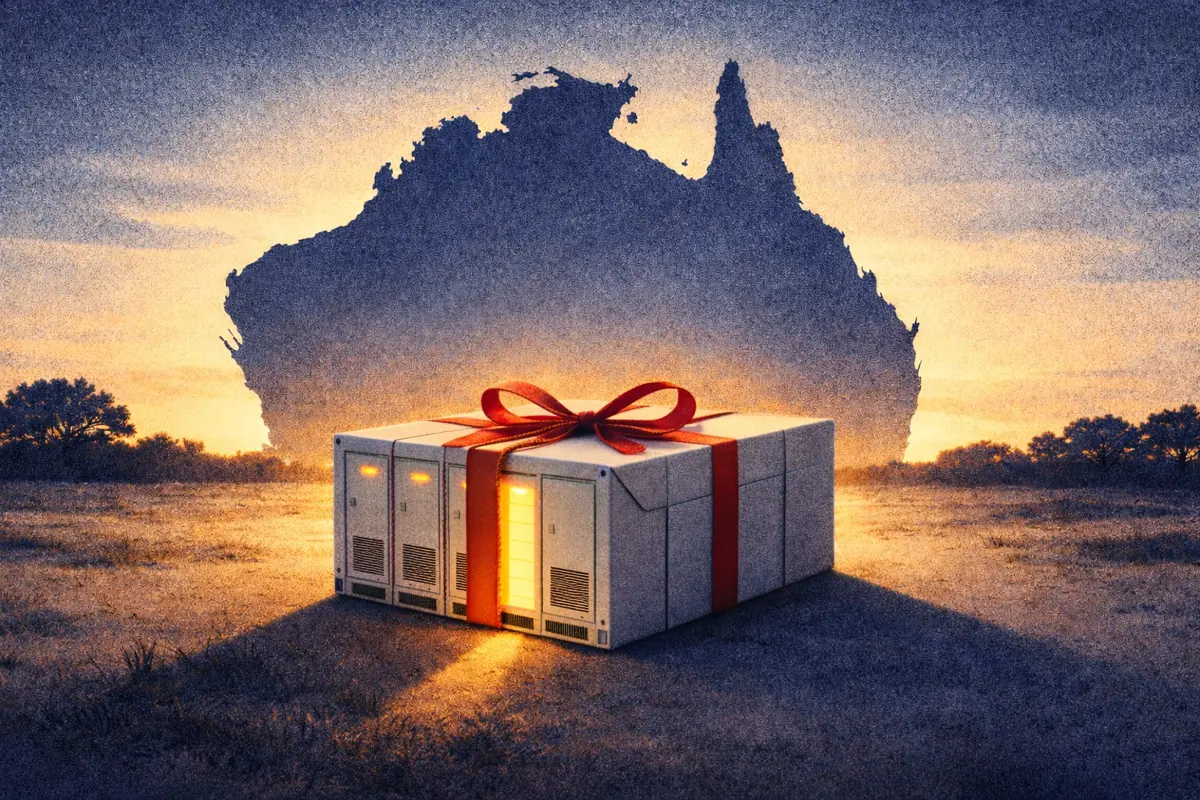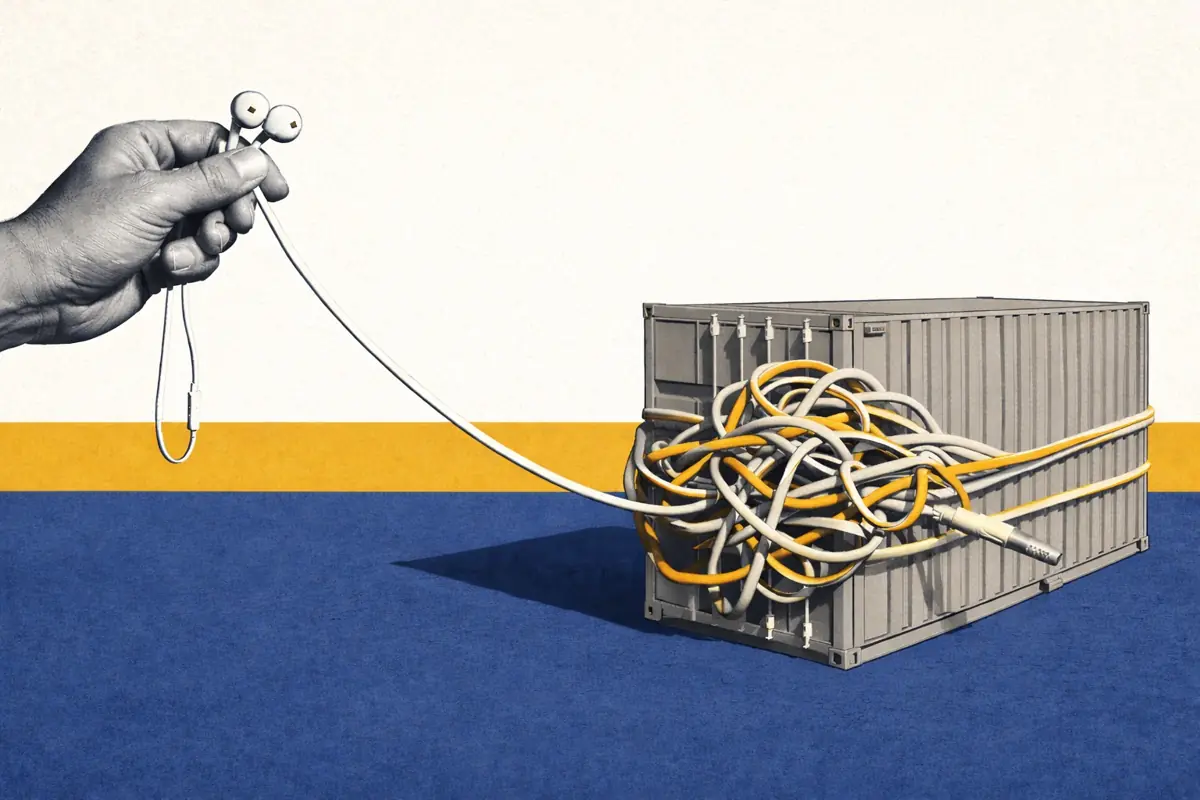Carbon prices: the cost of emissions is falling in the UK
The UK Emissions Trading Scheme (or UK ETS) determines the UK carbon price. Companies that produce emissions have to pay for carbon allowances and the Carbon Price Support (CPS) - which can both be considered a form of carbon tax.
The UK carbon price is currently 28% cheaper than the EU price, making it cheaper to burn fossil fuels in the UK than in the European Mainland.
The carbon price in the UK is now just £35/tCO2e, the lowest it's ever been since the introduction of the UK Emissions Trading Scheme.

What is the UK ETS?
An Emissions Trading Scheme is a system in which industries take part in an auction for ‘allowances’ to emit greenhouse gases.
The government sets a limit on greenhouse gases that industries participating in the scheme are allowed to emit in a year, which is split into allowances. Each allowance is for one ton of CO2 equivalent (tCO2e) emissions. Allowances are then auctioned off to businesses, or awarded for free in some cases. They can then be traded on a secondary market.
At the end of the year, businesses must cover their emissions over that period with allowances. Any leftover allowances can be carried into the next year, or traded on a secondary market.
The UK introduced the UK ETS in January 2021, after Brexit ended participation in the EU ETS (which began in 2005). The first UK ETS auction took place on May 19th 2021.
Why is the price falling?
Recent reforms to the UK ETS have resulted in short-term oversupply. In 2022, the government announced a review of the ETS - ostensibly to more closely align the scheme with net zero commitments.
The review concluded in July 2023 - and the changes made were less drastic than expected. In fact, they resulted in 5% more allowances than anticipated being made available over the next decade.
On top of this, additional allowances will also be added to the ETS over the next three years. The government has done this in order to ‘smooth the transition’ to net zero.
Overall, the amount of allowances available over the next decade will drop - but, in the next three years, there will actually be 20% more allowances available than previously. With industries having already prepared themselves for a drop in allowances, we’re now seeing a short-term oversupply.
Carbon in the UK is now cheaper than on the continent
UK-based companies also pay the Carbon Price Support rate (CPS) on top of the price of allowances. This was introduced in 2013 to incentivize carbon reductions further. The CPS is currently set at £18/tCO2e.
The recent drop in UK allowance prices means that, even with the CPS, carbon in the UK is now 28% cheaper than in the EU.

This discount has an impact on the cost of gas-fueled electricity generation. The cost of burning gas depends on the gas system price and the cost of carbon. Therefore, running a CCGT in the UK is now cheaper than in the EU.
This has resulted in interconnector flows with the Netherlands and Belgium flipping from imports to exports for the first time in nine months. These countries rely on gas for more than one-third of their electricity generation.

The falling cost of carbon also impacts the cost of energy in the UK. As the marginal-priced plant sets power prices, and CCGTs are responsible for setting prices much of the time, energy prices are linked to the fuel costs for CCGTs.
As carbon prices drop to new lows, the underlying costs of running CCGTs become more closely linked to the price of gas.

Looking forward
If the cost of carbon in the UK continues to fall, energy prices could become more exposed to fluctuations in gas prices. Gas prices are currently at around 40% of their average 2022 levels, so energy price spreads on the wholesale market are reduced.
However, any jump in gas or carbon prices could be good news for battery energy storage, as these spreads will increase. You can read about how gas prices impact battery revenue here.
Finally, the EU announced a Carbon Border Adjustment Mechanism (CBAM) that would come into effect this year. This is set to equalize the cost of carbon between the EU and other countries, removing the economic benefit of importing from areas with lower carbon costs.
The CBAM will begin on October 1st 2023, and may impact interconnector flows, potentially reducing energy exports to the EU from the UK. However, this is just an introductory phase, with the full CBAM to begin in 2026.







